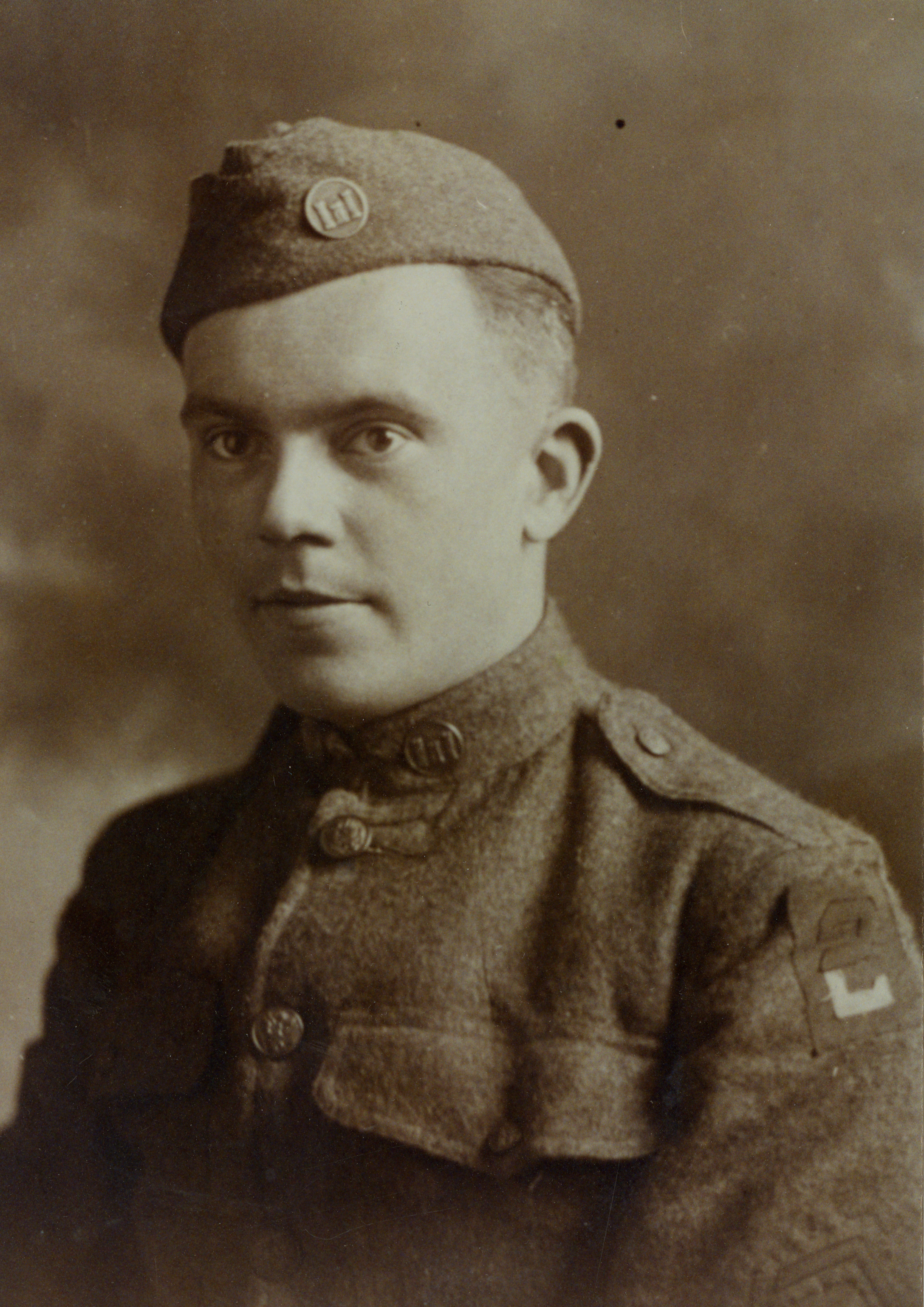Off to War
Following United States entry into the war, the army designated Newport News and New York City as ports of embarkation. Norfolk, already a crowded port, was avoided. Newport News offered existing facilities and excellent rail transportation. Aboard nearly 600 troop and supply ships, 281,000 soldiers of the American Expeditionary Forces left for Europe from Newport News. In addition, 4,133,873 tons of military supplies were shipped, along with 47,263 horses and mules.
In addition to large-scale shipbuilding at Newport News Shipyard during the war, military bases and other support facilities sprang up across the Commonwealth. Virginia became a major site for the training and embarkation of soldiers destined for France.
This article was featured in the Virginia Magazine of History & Biography, Vol. 126, No. 1 in connection with the The Commonwealth and the Great War exhibition.

